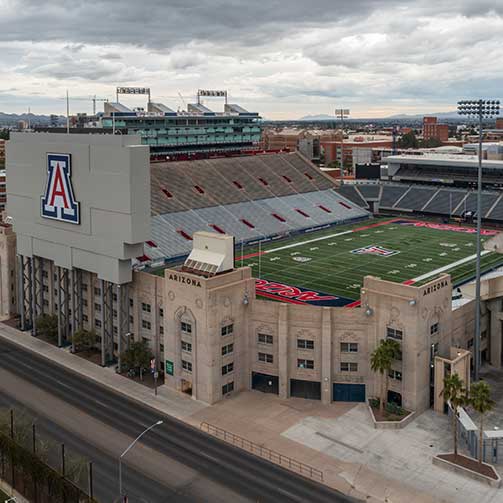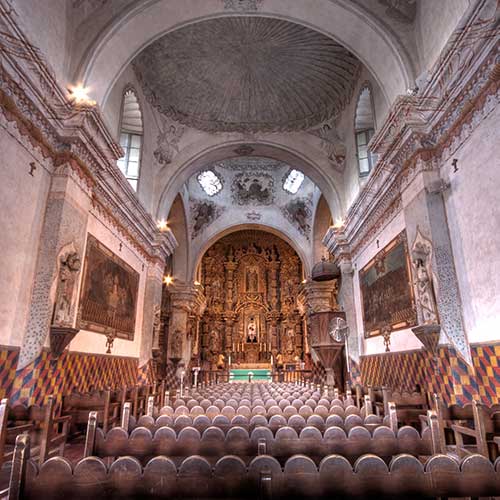About Tucson
Our clients are our #1 priority
Tucson, the 42nd largest city in the United States and the second largest in Arizona, is recognized for its vibrant culture and fantastic weather. Officially founded in 1776 (and unofficially inhabited for four thousand years before then), it is located on an alluvial plain in the middle of five striking mountain ranges that can be seen from anywhere in the city: the Santa Catalina mountains and the Tortolita mountains to the North, the Rincon mountains to the East, the Santa Rita mountains to the South, and the Tucson mountains to the West. The highest points in the area are Mount Wrightson, part of the Santa Rita range, at 9,453 feet above sea level, and Mount Lemmon, part of the Santa Catalina range, at 9,157 feet above sea level.
Tucson – The Old Pueblo
With an average of 350 sunny days per year, Tucson is perfect for exploring the outdoors. The region is often praised for its near-perfect winter climate, with temperatures during the season averaging between 64 and 75 degrees in the daytime and 30 to 44 degrees at night. The rest of the seasons follow suit, with sun during the day and nights that can cool off dramatically due to the lack of humidity. Tucson also has a monsoon season that is characterized by higher than average humidity and sometimes intense rainstorms. The monsoon season usually begins in July and ends late August or early September.
The city is also noted for its abundant population of saguaro cacti. The saguaro is an iconic, tree-sized cactus native to the Sonoran desert, and saguaros are found almost anywhere you may go in the valley. In fact, to preserve the population, destroying or moving one is illegal by state law unless special permits are obtained.





